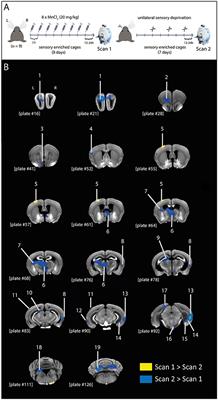EDITORIAL
Published on 17 May 2022
Editorial: Manganese-Enhanced MRI: A New Avenue of Functional and Structural Imaging in Neuroscience
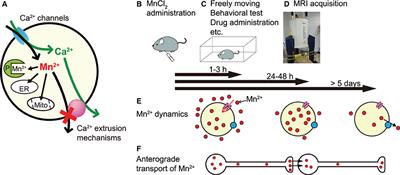
doi 10.3389/fncir.2022.918500
- 2,001 views
- 3 citations
11k
Total downloads
44k
Total views and downloads
EDITORIAL
Published on 17 May 2022

ORIGINAL RESEARCH
Published on 20 Dec 2021
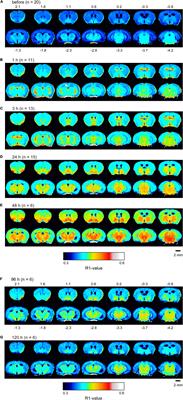
ORIGINAL RESEARCH
Published on 26 Nov 2019
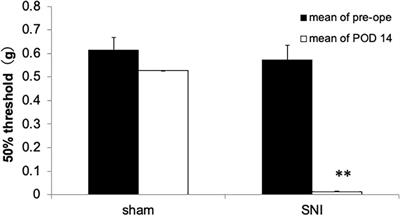
ORIGINAL RESEARCH
Published on 01 Oct 2019
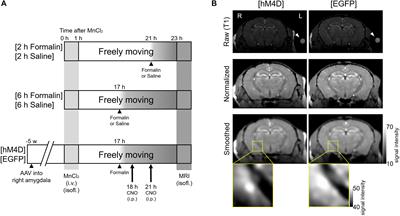
REVIEW
Published on 14 May 2019
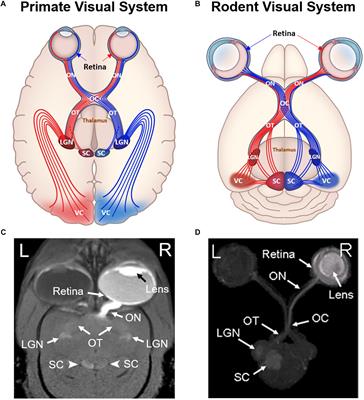
REVIEW
Published on 07 Jan 2019
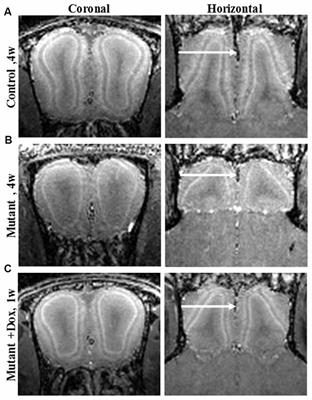
ORIGINAL RESEARCH
Published on 17 Dec 2018

ORIGINAL RESEARCH
Published on 06 Dec 2018

ORIGINAL RESEARCH
Published on 22 May 2018
